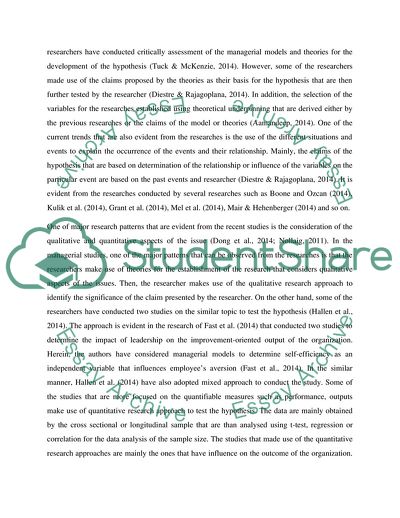Cite this document
(Factors That Affect the Level of Aggression Children Exhibit Research Paper, n.d.)
Factors That Affect the Level of Aggression Children Exhibit Research Paper. Retrieved from https://studentshare.org/social-science/1851562-research-methods-coursework
Factors That Affect the Level of Aggression Children Exhibit Research Paper. Retrieved from https://studentshare.org/social-science/1851562-research-methods-coursework
(Factors That Affect the Level of Aggression Children Exhibit Research Paper)
Factors That Affect the Level of Aggression Children Exhibit Research Paper. https://studentshare.org/social-science/1851562-research-methods-coursework.
Factors That Affect the Level of Aggression Children Exhibit Research Paper. https://studentshare.org/social-science/1851562-research-methods-coursework.
“Factors That Affect the Level of Aggression Children Exhibit Research Paper”. https://studentshare.org/social-science/1851562-research-methods-coursework.


